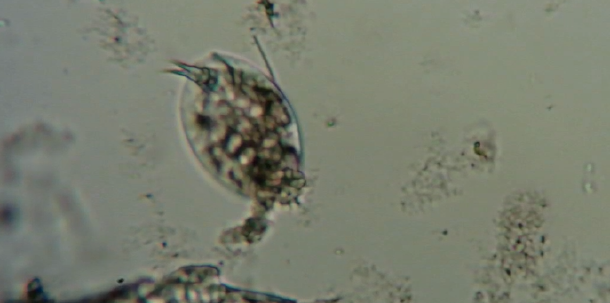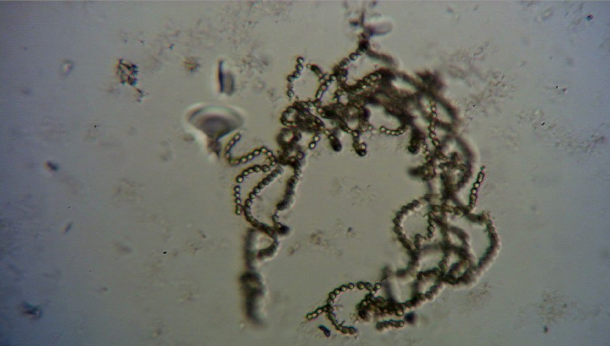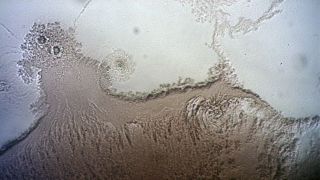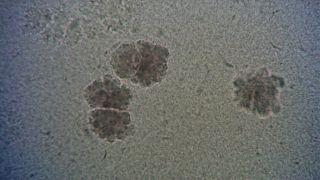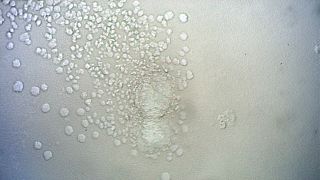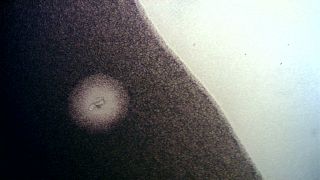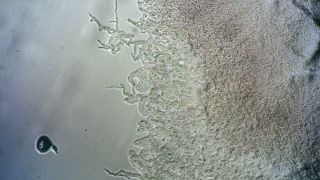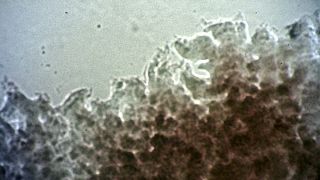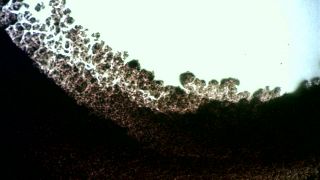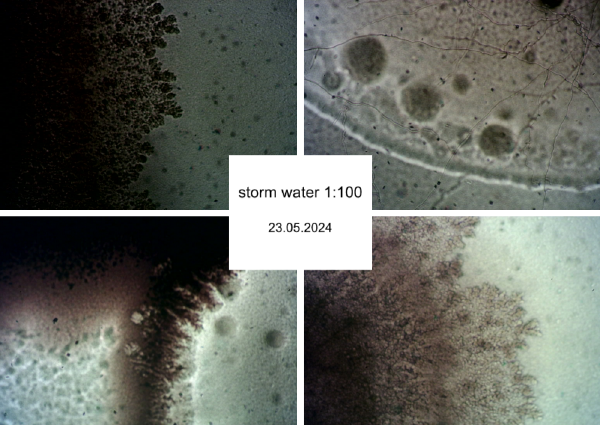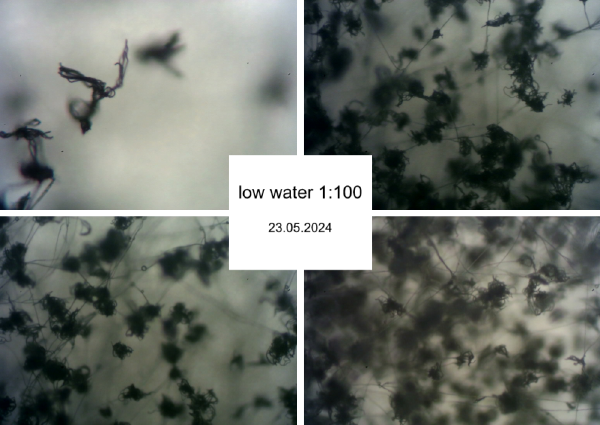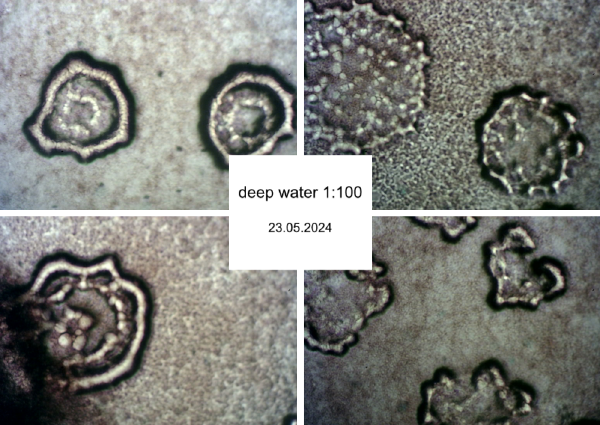No edit summary |
|||
| Line 25: | Line 25: | ||
File:Deep water 1 10000 30 05 24 1.jpg | File:Deep water 1 10000 30 05 24 1.jpg | ||
File:Deep water 1 10000 30 05 24 2.jpg | File:Deep water 1 10000 30 05 24 2.jpg | ||
</gallery> | </gallery>Storm water:1:100, 1:1000 | ||
== Samples - 23.05.2024 == | == Samples - 23.05.2024 == | ||
Revision as of 15:37, 23 June 2024
Idea: A short documentary film, which explores the biodiversity of a self-constructed pond. The documentary highlights various species of plants and insects, microorganisms in their habitat.
Tech solution: To bring this concept to life, a combination of cinematography techniques and microscopy techniques to capture high-resolution footage of microalgae in their natural habitats will be used. As editing software will be used adobe aftereffects or sony vegas. + biolab, microscope, camera
References: https://www.youtube.com/watch?v=Mirkm3yuUdU
Pond biodiversity - 23.06.2024
Location: Weimar, Campus Garden, pond
Date: 23.06.2024
Lepadella rotifers, along with other microorganisms, participate in breaking down fish feces and leftover food, thereby contributing to water purification. Interesting about these microscopic animals: some rotifers are capable of entering into extended cryptobiosis and can remain in this state for thousands of years.
They play a very important role locally in protecting soils against wind and water erosion and dehydration.
Samples - 30.05.2024
Deep water: 1:100 (1-3), 1:1000 (4-5), 1:10000 (6-7)
Storm water:1:100, 1:1000
Samples - 23.05.2024
storm water
low water sample was contaminated
deep water
